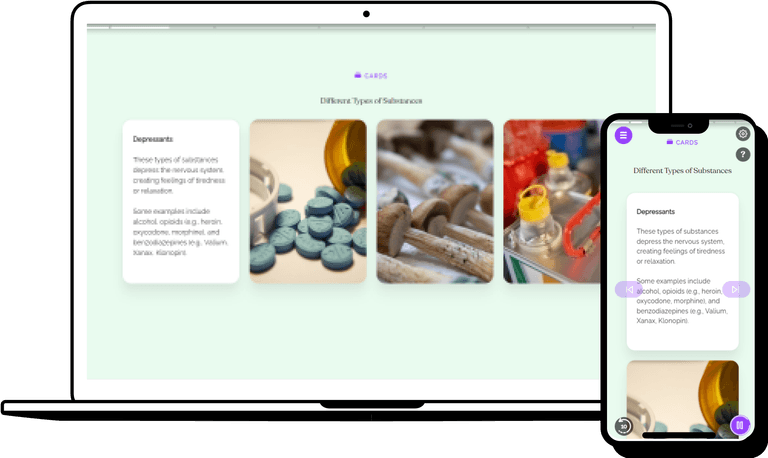Responding to Bullying in Others
Discover bystander intervention techniques, how to check for safety, setting boundaries as a target, reporting bullies, and how to handle bullying from high performers.

Empower Employees to be active bystanders
Empowering employees to be active bystanders is an important step in combating bullying in the workplace. By encouraging them to speak up and take action when they witness bullying, it sends a message that such behavior will not be tolerated. It also helps create an environment of respect and support, which can help prevent bullying from occurring in the first place.

Bystander Intervention techniques can be employed in the workplace to help stop bullying, promoting a safe and healthy work environment. Here are some bystander intervention techniques to help stop workplace bullying:
Delegation is a bystander intervention technique that involves entrusting someone with the authority or responsibility to act on behalf of another person. This technique can be used in situations involving bullying, harassment, discrimination, or any other type of inappropriate behavior. By delegating authority or responsibility to someone else, the bystander can help to protect the person in need of assistance while also allowing the person to remain in control of the situation. Delegation can also help to reduce the potential for escalation of the problem.
Distraction is a popular bystander intervention technique that can be used to help de-escalate a situation. This technique involves distracting the person who is in distress or the people involved in a conflict. This can be done through conversation, humor, or by redirecting attention to something else. Distraction can be a useful tool to help ease tension, shift focus away from the problem, and create space for the people involved to calmly work through the situation.
Delayed support as a bystander intervention technique is a strategy that involves intervening at a later time after a situation has occurred. This method can be used to help prevent further harm, such as bullying or harassment, and can also be used to follow up with those involved afterwards. Delayed support involves providing support and resources to those affected at a later time, such as through a phone call or email, and can be an effective way to show care and concern to those affected.

Report Bullying behavior
Reporting bullying behavior in the workplace can be beneficial for both employers and employees. When employers are aware of bullying, they can take steps to address the issue and create a healthier, more productive workplace. For employees, reporting bullying can help to eliminate or reduce the harassment they may be facing, as well as help to restore their sense of safety and security in the workplace.
Setting Boundaries as a Target
If you are the target of bullying in the workplace, you can try setting boundaries with the bully. Here are some examples of boundaries that can be set up by a target:
Here are some myths to look out for:
- -
Refuse to be part of any gossip or negative talk.
- -
Speak up to their supervisor if they feel they are being targeted.
- -
Make sure to document any incidents of bullying and report them to HR.

Empower Your workforce to stand against bullying in the workplace
By providing resources and training to help employees identify and prevent bullying, employers create a culture of respect and understanding. This will help workers intervene properly during instances of bullying in the workplace to help ensure that everyone feels comfortable and secure in their work environment.

Helping over 8,000 organizations create a safer, more productive workplace
The goal of this training is to educate employers and employees on their rights and responsibilities when it comes to workplace bullying prevention in the workplace. This course covers:





















